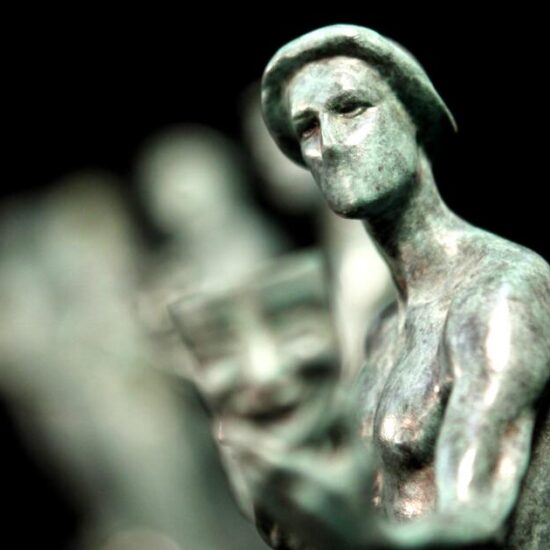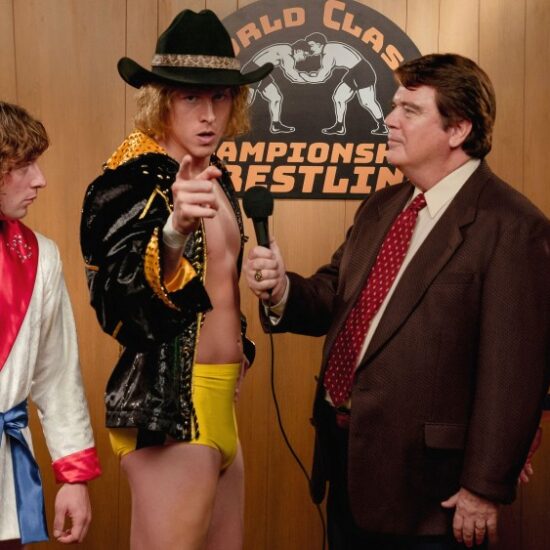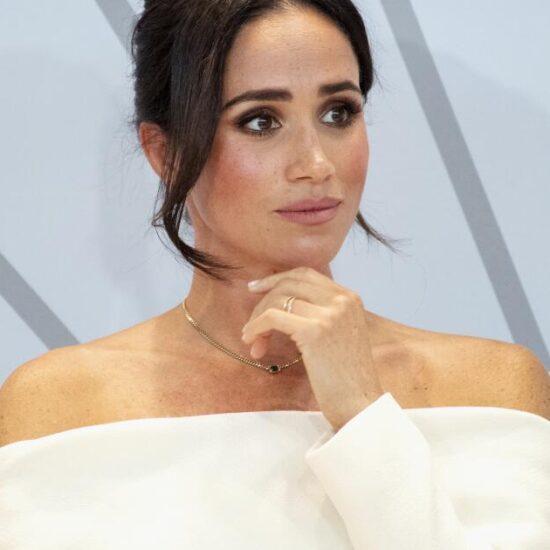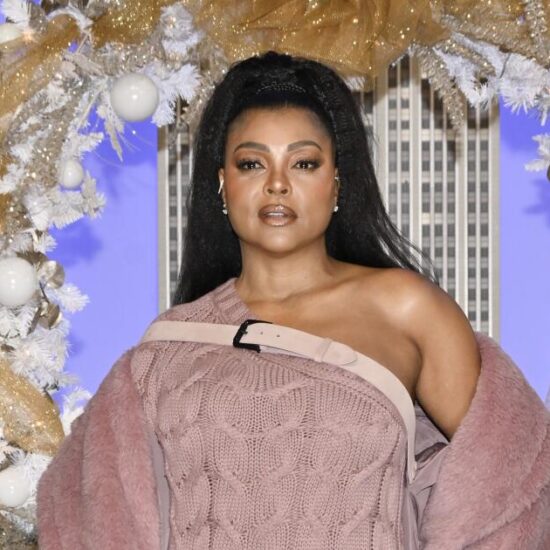
Warning: The following contains spoilers for “Outer Banks” Season 3.
In the first three seasons of Netflix’s “Outer Banks,” the Pogues — the moniker adopted by a close-knit group of working-class teens residing off the coast of North Carolina — have survived near-fatal drownings, plane crashes, car chases, animal attacks, fiery explosions, countless gunshots and other brushes with greedy treasure hunters looking to cash in on their international search for an ancient fortune.
So when they set out to wrap up a three-season, 30-episode mystery involving the mythical city of gold known as El Dorado, co-creators and executive producers Josh Pate, Jonas Pate and Shannon Burke were prepared to swing for the fences.
“The show has always been a little unhinged, in a fun way,” Jonas Pate tells The Times in a video interview. “And we felt like we needed to go big in the last round.”
The 79-minute season finale, titled “Secret of the Gnomon,” finds protagonist John B. Routledge (Chase Stokes), his partner Sarah Cameron (Madelyn Cline) and his father Big John (Charles Halford) hiking through the South American jungle and using pictorial clues from an archaeological site to find a dark cavern that contains untapped reserves of gold. With Big John wounded, John B. and Sarah are tasked with completing the final leg of the journey together.
While some parts of the episode were shot around Charleston, S.C., the cave scenes were shot on location in Barbados, where the producers had to receive special permission from the government to film and swim in pools that are normally closed to the public.
“We were deep down — sometimes 600 feet down — and we’d be down there all day,” Burke recalls. “Chase and Maddie were actually in a pool deep, deep down inside the Earth. They’re ducking under a pool and coming up over and over again. They’re crawling through underground rivers. They’re slipping in mud inclines. That is not fake.”
Charles Halford as Big John in “Outer Banks.”
(Jackson Lee Davis/Netflix)
Father knows best?
When Caribbean crime kingpin Carlos Singh (Andy McQueen) finds and corners the Routledges and Sarah on their way out of the cavern, Big John must decide between saving his son or keeping the treasure that has become his life’s work. The flawed father eventually chooses his son, and the trio escapes the cave just before an explosion kills Singh inside.
Moments later, Sarah’s envious and murderous father, Ward (Charles Esten), who had secretly been on their tail all day, holds the three at gunpoint, but he’s unable to pull the trigger. Instead, when Singh’s last remaining guard, Ryan (Lou Ferrigno Jr.), appears and threatens to shoot his daughter, Ward takes the bullets himself and tackles the man off a hill, killing them both instantly.
The decision to write Esten, who has become a mentor to the younger cast members, off the series was not made lightly. “It was probably the most debated point ever in the three years [of this show]; it went on for weeks and weeks,” Burke says.
Josh Pate, who was the most reluctant of the creators to get rid of Ward, says he eventually realized that the writers “didn’t have another move for the character” after the third season. The penultimate episode, for instance, brings Ward’s relationship with his only son, Rafe (Drew Starkey), to a head; Ward entrusts Rafe with the remaining family business in Outer Banks, giving him the vote of confidence that Rafe has searched for his entire life.
“We knew that if Ward was still the dominant villain, it would be harder to explore [Rafe’s] evolution going forward, so it gave us space for that in the future seasons,” Jonas Pate says, adding that the writers will be looking to explore more of Rafe’s romantic relationship with Sofia (Fiona Palomo) in order to humanize and villainize him in subsequent seasons.
Ward wasn’t the only character to meet an untimely end in the finale. On the boat ride back to the main village, Big John dies in his son’s arms, surrounded by the rest of the Pogues. It’s a tragic — albeit poetic — ending that, according to the creators, was always in the cards for Big John, who disappeared but was later revealed to be alive at the end of the second season.
For John B., who originally continued his father’s treasure hunt in order to uncover the truth about his disappearance, “it feels totally tragic because he just got him back, and it almost seems like his father has finally broken through to accepting Sarah and being the father that he could be,” Burke says. “I think they — Sarah more than John B. — both have mixed feelings about their fathers’ deaths and what happened.”
Much of the conflict in the show has stemmed from John B. and Sarah’s “Romeo and Juliet”-esque relationship — he’s a working-class Pogue, while she was born into a wealthy family of Kooks. The stark contrast between her current and past lives is brought back into focus in the sixth episode, when Sarah, having been cut off from her family, bumps into her ex-boyfriend, Topper (Austin North), who invites her to spend a day with their old friends. For the creators, the decision to reintroduce Topper was born out of a shared love for the character and a desire to revisit an old obstacle for Sarah and John B.
But wary of the backlash they might receive for Sarah’s ill-fated hook-up with Topper and betrayal of John B., the writers decided to get Cline to do voiceovers in the seventh and eighth episodes, in an attempt to quickly “excavate” her character’s psychology at that point in the story. “We were like, ‘Oh, this is the chance, and we need to do it,’ because we need to build empathy for Sarah for what she’s about to do, so that everyone’s not just furious at her,” Josh Pate explains.
“We always liked the idea that it was just John B. and Sarah who take the last mile to the top of Mount Everest,” Jonas Pate adds, “and that after all their heartbreaks, it would be this really fulfilling moment that brings them even more strongly back together.”
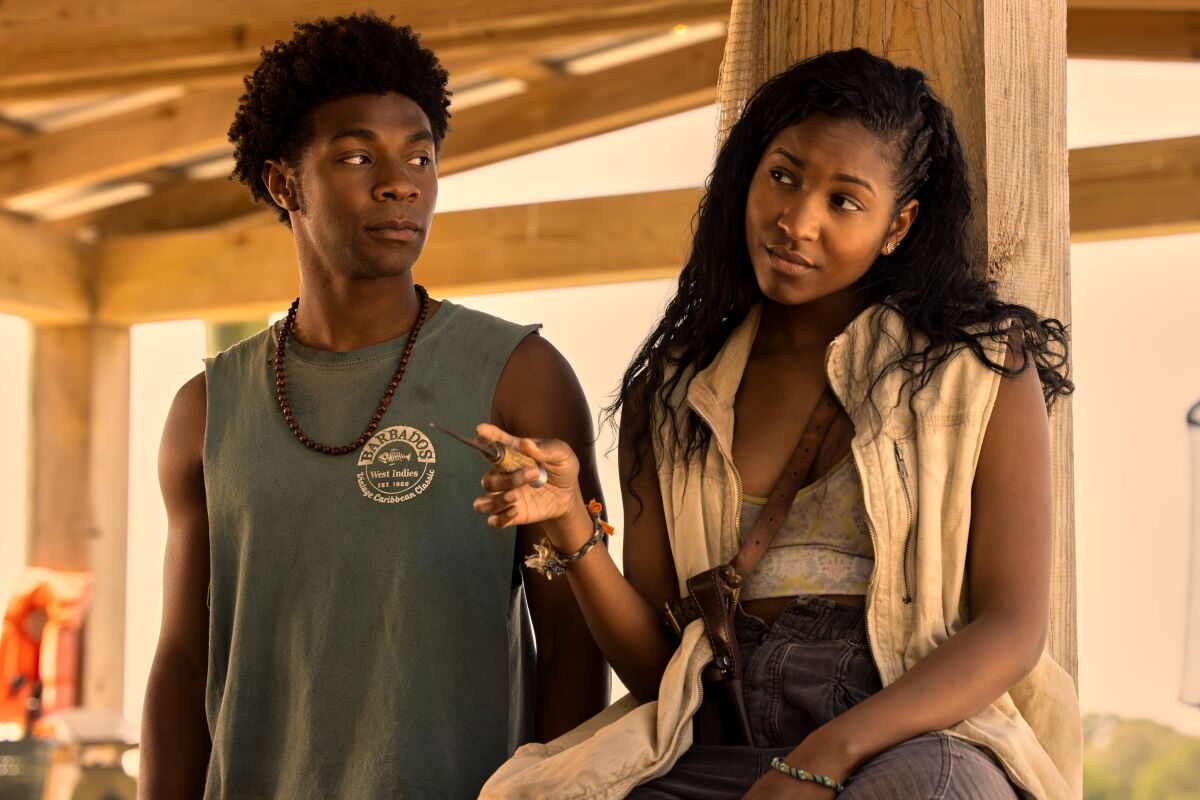
Jonathan Daviss as Pope, left, and Carlacia Grant as Cleo “Outer Banks.”
(Jackson Lee Davis/Netflix)
Pogues do mack on Pogues, after all
John B. and Sarah are not the only Pogues to explore a romantic relationship. During the show’s freshman season, the creators admit they didn’t consider J.J. (Rudy Pankow) and Kiara (Madison Bailey) a couple. But after seeing the fervent response from fans on social media, who had cut together clips from the show, they had a change of heart and began waiting for a climactic scene that felt special enough for a first kiss. That moment comes in the ninth episode of Season 3, when J.J. saves Kiara from a wilderness therapy camp.
“We finally landed on them doing it in front of a room full of delinquent girls that then cheered for them,” explains Josh Pate. “It’s the audience of girls watching that intensifies the effect of that scene. We were like, ‘OK, people will remember that scene.’”
Meanwhile, Pope (Jonathan Daviss) is given a second chance at love with Cleo (Carlacia Grant), the Nassau native who was raised on the streets and joined the Pogues at the end of the second season. Although they only share a handful of scenes together, the writers were keen to highlight how Pope and Cleo complement one another. “He’s giving her the family that she doesn’t have,” Burke says, “and she’s the girlfriend he always wanted.”
Cleo is “such an Artful Dodger character — pretty hard-bitten, pretty cynical, not sentimental,” Jonas Pate says. “So, I think when she finally has a home for a moment, and she starts to participate in the [Heyward] family, and she’s cooking dinners with them, it starts to dawn on her what a life with Pope could be like.”
Earlier this month, ahead of the return of “Outer Banks,” Netflix renewed the soapy teen drama for a fourth season. Following the 18-month time jump at the end of the finale, in which the Pogues were being honored for their treasure-seeking accomplishments and later tasked with cracking a new mystery involving the English pirate Blackbeard, the creators will be looking to explore more mature themes in adult relationships going forward.
“We wanted to grapple with those first choices in adulthood,” Josh Pate says. “Also, the actors are getting older, [so] we didn’t want to stretch believability any more than we already have. We felt like if we got them out of high school, [the characters] could figure out what kind of life they want to lead. Do they want to go back and have a normal life, or do they have a life for a while and then get restless and realize it’s a pirate’s life for them? It just gives us a chance to till some new ground in a different setting when they’re out of school.”









